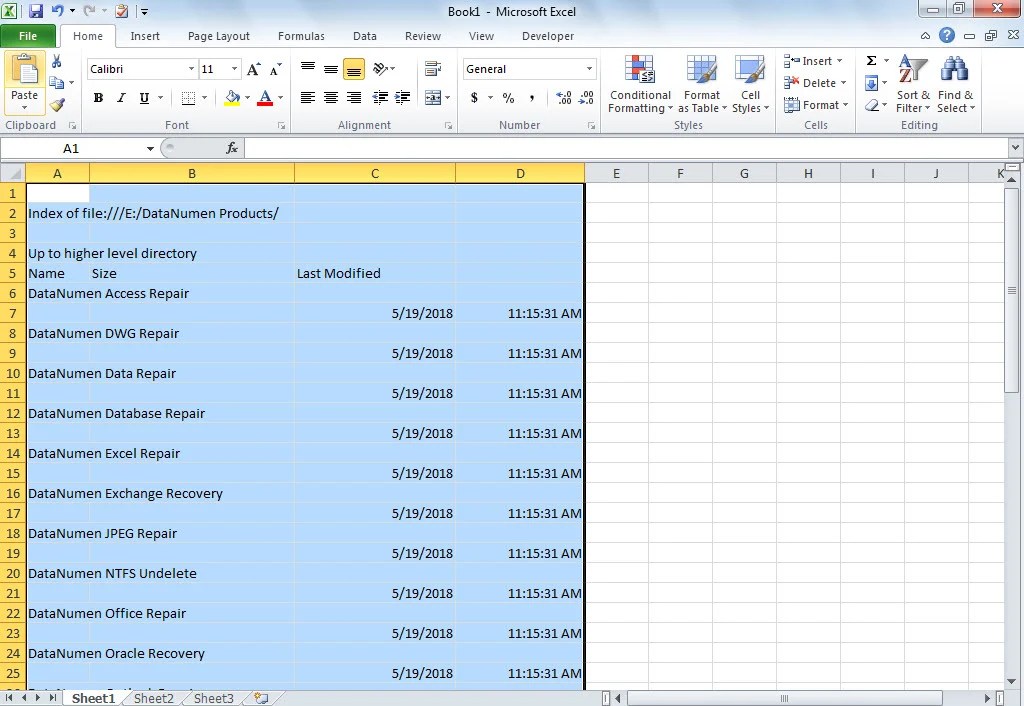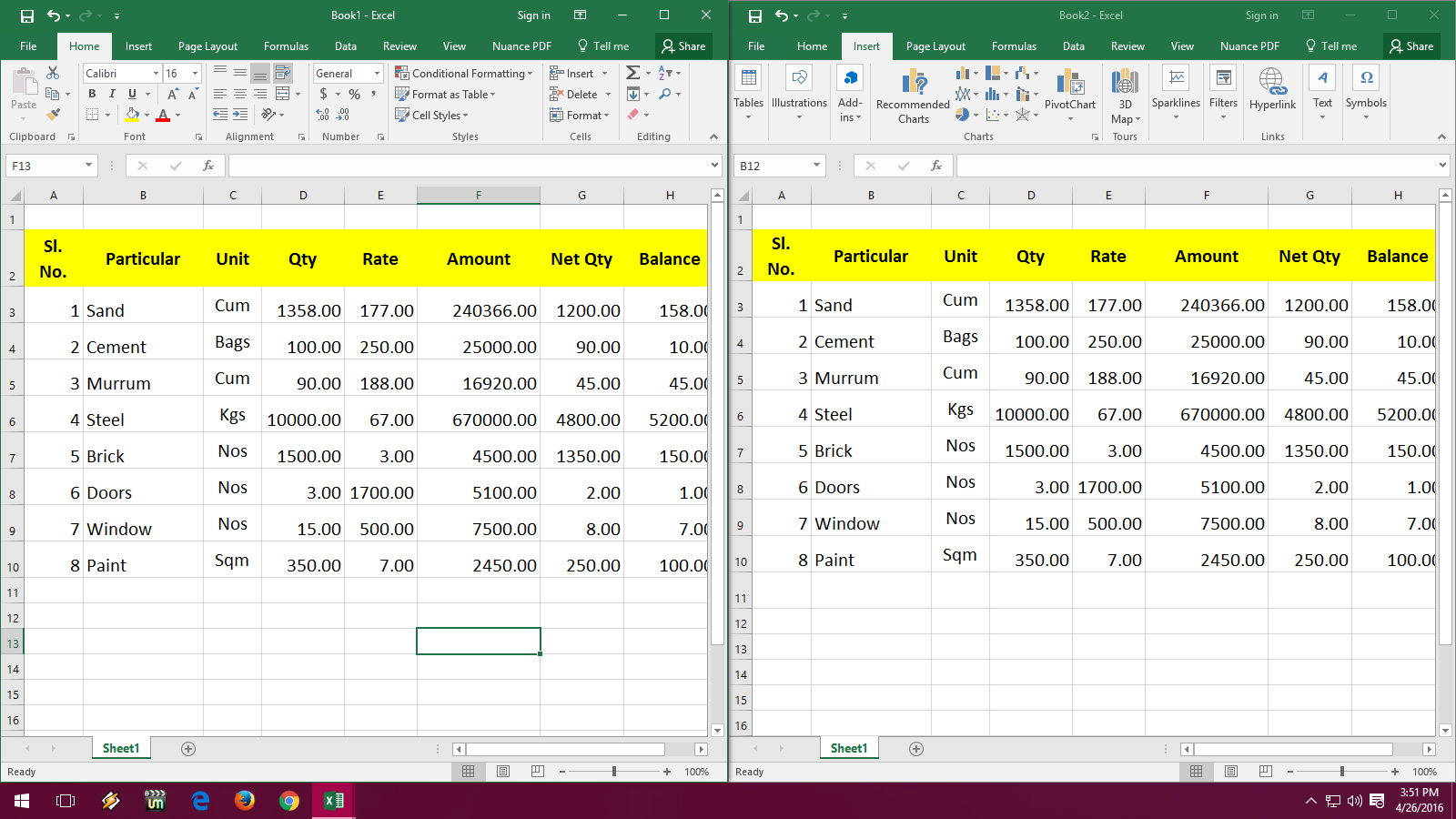5 Ways to Copy Excel Sheets for Quick Import

In the fast-paced world of data management and analysis, Excel remains a pivotal tool for many professionals. One of the common tasks you might find yourself needing to perform is copying or duplicating sheets within Excel for various purposes like backup, sharing data, or importing it into different workbooks or applications. Here, we’ll explore five effective methods to copy Excel sheets that can make your workflow more efficient.
1. Copy Sheet Within the Same Workbook

Copying a sheet within the same Excel workbook is a straightforward task. Here’s how you do it:
- Right-click on the tab of the sheet you want to copy.
- From the context menu, select “Move or Copy.”
- In the dialog box, ensure you select your current workbook under “To book.”
- Check the “Create a copy” box, choose the position where you want the sheet to appear, and click “OK.”
- Note that this method preserves formatting, data validation rules, and even conditional formatting.
📌 Note: If you have formulas linked to other sheets or external sources, be mindful that relative references will change when you move the sheet.
2. Copy Sheet to Another Workbook

To copy an Excel sheet to another workbook:
- Open both the source and destination workbooks in Excel.
- Follow the same steps as for copying within the same workbook, but when choosing “To book,” select the destination workbook instead.
- This method is useful for creating backups or transferring data between different Excel projects.
3. Copy Sheet Using VBA Macro

If you need to automate the copying process or perform this action frequently, using VBA (Visual Basic for Applications) can save you time:
Sub CopySheet()
ThisWorkbook.Sheets("Sheet1").Copy After:=Workbooks("DestinationWorkbook.xlsm").Sheets(1)
End Sub
- Replace `"Sheet1"` with the name of your source sheet and `"DestinationWorkbook.xlsm"` with the name of your destination workbook.
⚠️ Note: Ensure macro settings are enabled in Excel to run this script.
4. Drag and Drop Method

For those who prefer a drag-and-drop interface:
- Open both the source and destination workbooks.
- Click on the sheet tab, hold down the Ctrl key, and drag the sheet to the destination workbook’s tab bar.
- This visual method gives you immediate feedback but might not be as precise as using dialog boxes.
5. Using Shortcuts and Excel Options

You can also use Excel’s shortcut and options for quick copying:
- Hold down Ctrl while clicking on the sheet tab and drag it to create a copy within the same workbook.
- Alternatively, in newer versions of Excel, you can right-click the sheet tab and choose “Duplicate” if available.
Keyboard Shortcuts for Efficiency:

| Function | Shortcut |
|---|---|
| Move or Copy | Alt + E, then M |
| Duplicate (newer) | Ctrl + D or right-click on tab |

By mastering these shortcuts, you can streamline your workflow considerably.
The techniques listed above are not just about transferring data from one Excel sheet to another; they also ensure that formatting, hyperlinks, and conditional formatting are maintained.
However, a few things to remember:
- When copying sheets, be mindful of external references. Links might break or change if you don’t adjust them.
- Hidden rows or columns might not appear in the destination sheet unless specifically requested.
- If your sheet includes macros, ensure they are compatible with the destination workbook’s macro settings.
✅ Note: Always verify your data after performing a copy operation, especially if you're dealing with large datasets or complex Excel functionalities.
To wrap up, having multiple ways to copy and import Excel sheets can significantly enhance your productivity and data management practices. Whether you prefer manual methods, shortcuts, or automation with VBA, there’s an approach that fits your workflow. Remember, the key to efficiency in Excel is not just knowing how to do something but also understanding when and why to use specific techniques.
Can I copy a sheet to another workbook without opening both?

+
Yes, you can copy a sheet to another workbook using the “Move or Copy” option, but you’ll need to open both workbooks initially to perform this task. Once set up, you can automate it with VBA to run without manually opening the workbooks.
What happens to the cell references when I copy a sheet?

+
When copying within the same workbook, references within the sheet remain unchanged. However, references to other sheets will change to point to the new location in the workbook. External references (links to other workbooks) will typically break unless properly adjusted.
Does copying a sheet also copy its macros?

+
Macros and VBA code are typically stored at the workbook level, so copying a sheet doesn’t automatically copy macros. However, if you have sheet-specific macros, they might be copied with the sheet. Ensure the macro settings in the destination workbook are compatible before running macros.